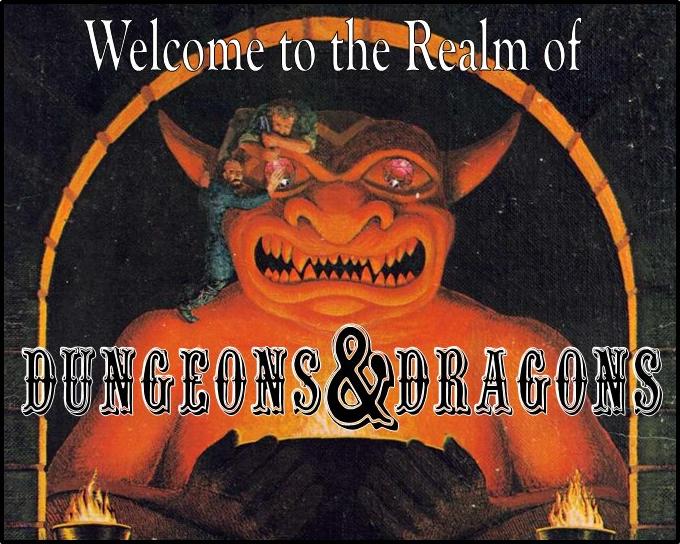Looking to the far FAR future - you could be playing games with tiny nano-robotic machines that you collect and paint yourself - that could be used to fight actual battles on the table-top using your tactics.
Each "battle" the robots took part in and survived without being "taken out" (I envisage a sort of "laser tag" micro system, with a central computer calculating the hits and damage) - they would learn and improve, with the ones that "died" being returned to play as basic units.
That way you utilize modern and advanced technologies, whilst keeping the "hobby" aspect.
No doubt some of you are thinking "it would cost way too much" - but when you think how much a CD Player cost when they were first introduced to the retail market ($900 in 1982 - as compared to today when you can pick a PORTABLE CD Player up for less than $20 that has more features than the 1982 version LoL) to what you can buy today, I'll bet its not that far fetched given enough time and imagination upon the part of the designers/manufacturers.
What amazes me is the Tech we have today actually (sorry to digress) TAB computers from Star Trek - WE NOW HAVE THEM!!
So, that's what I envision - tiny robots, you collect and paint yourself - that fight battles set up by human players - computer controlled in a table top environment.
Possibilities and Perceived Reality
IMHO ALL Fictional Universes exist somewhere, somehow in our limitless extra-dimensional multi-verse.
Think of any video game that you've played or movie watched. Think of any fiction book you've ever read, or table-top game (both miniatures games and RPG's) you've ever enjoyed.
Those ideas and concepts exist sometime and somewhere in tangible form.
Maybe not on our planet, not in our galaxy or even in our universe but somewhere they do. There's no such thing as fantasy - because space and time (and therefore reality) is infinite.
I'm no sage or scholar (well, I suppose I'm kinda the latter - or so some of my friends insist LoL) but I know deep down this concept has more than a little legitimacy.
I can't prove any of this (by the sheer nature of thought and imagination, such concepts are subjective at best - and other thinkers cannot disprove it either) but I am certain some of you have already though this (or something similar) already.
And yes I have a vivid and overdeveloped imagination, I'm kinda famous for it . . . . . .






